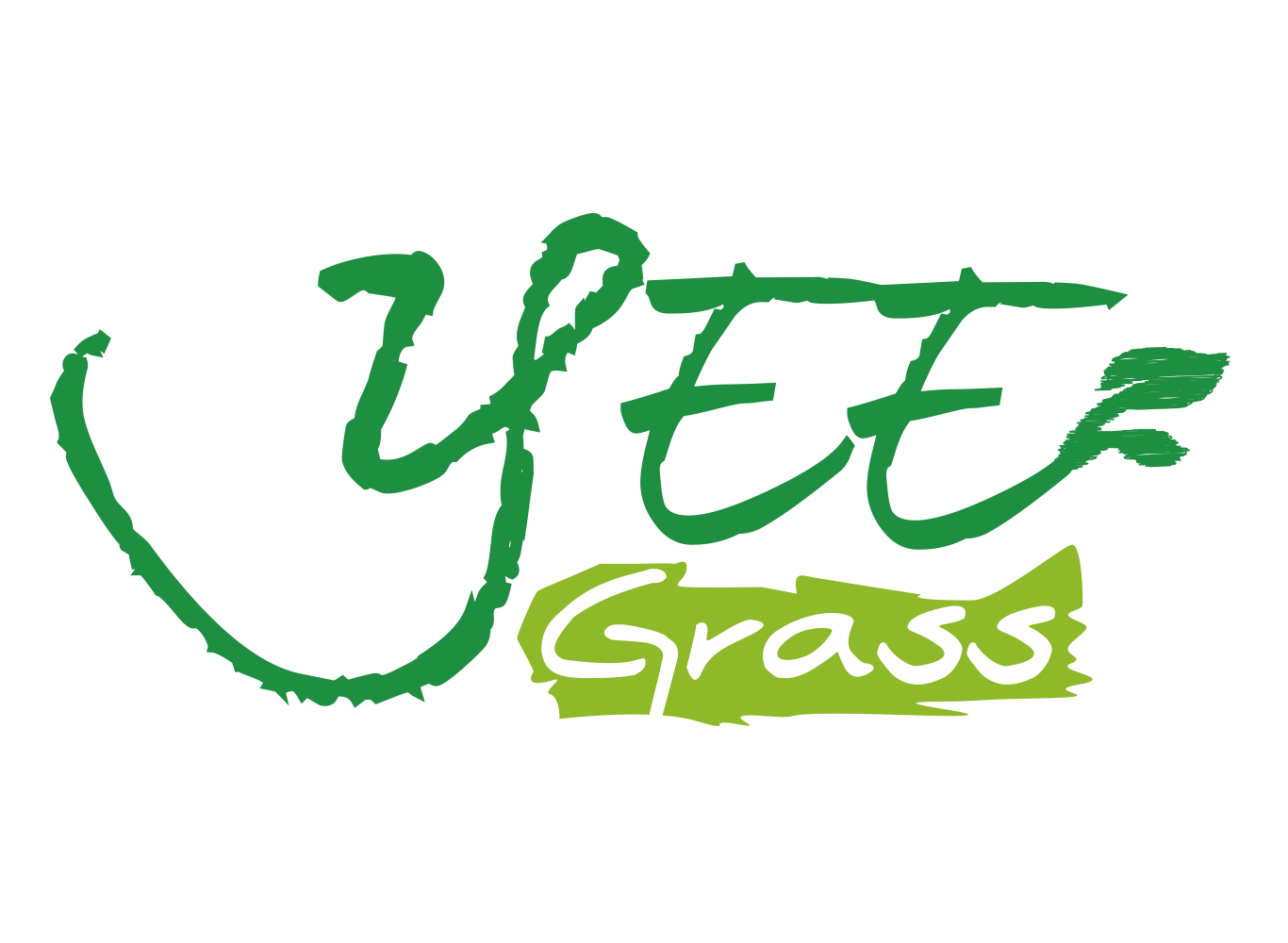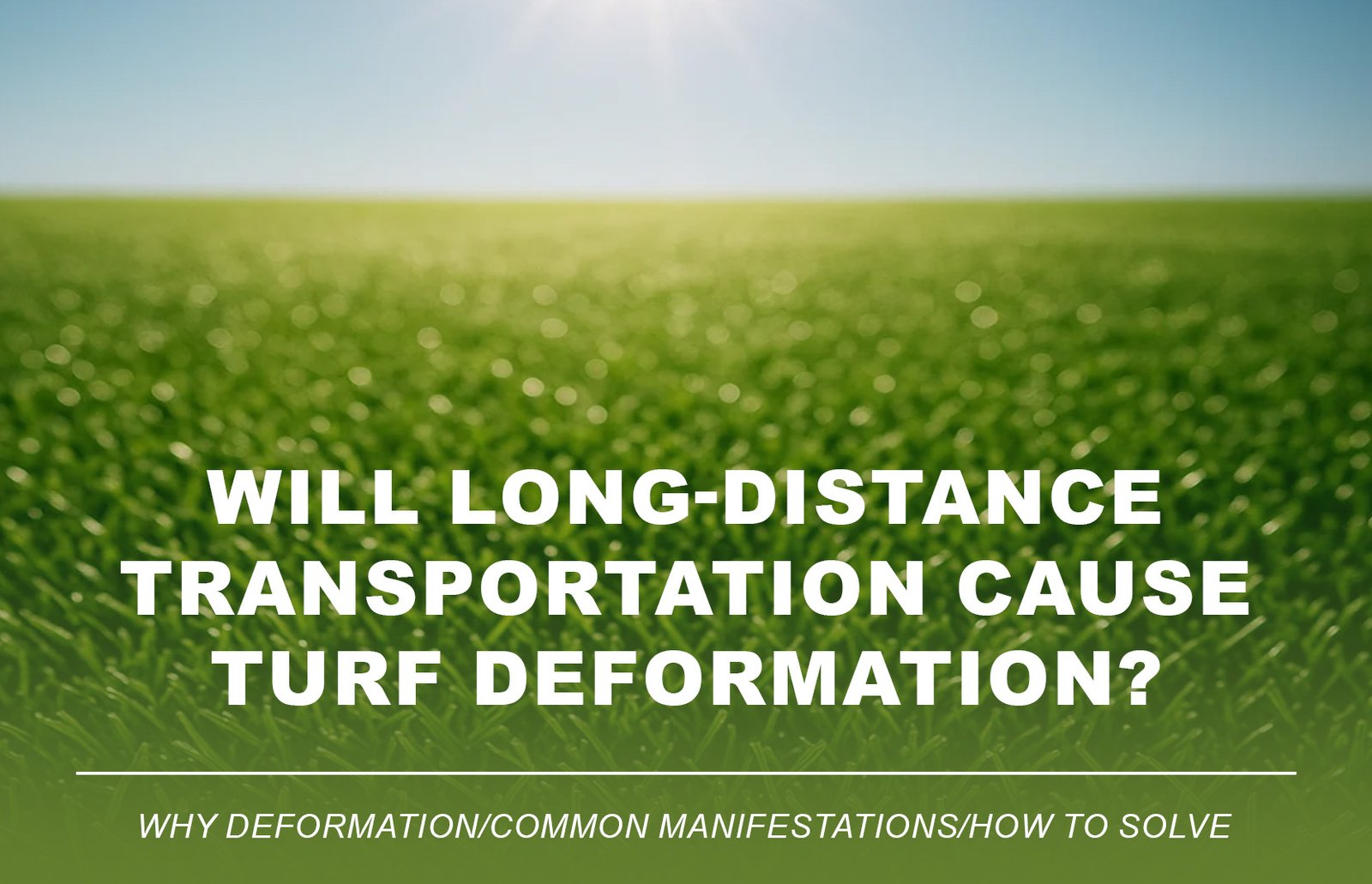
1.Introduction: Why Install Artificial Grass Between Pavers?
In modern landscape design, combining paving stones with artificial grass has become an increasingly popular trend. Installing artificial grass between pavers not only enhances curb appeal but also provides a soft, green aesthetic that’s both practical and low-maintenance.
Whether you’re a homeowner or a landscaper, a DIY artificial grass between pavers project can instantly elevate the look of your outdoor space while keeping things neat and easy to maintain.
This design is especially suitable for garden walkways, patio areas, children’s play zones, poolside edging, and commercial outdoor spaces like cafes or courtyards. Plus, artificial grass is durable, weather-resistant, and pet-friendly—perfect for outdoor applications between paving stones.
2.What You’ll Need: Tools & Materials Checklist
Before starting your installation, make sure you have the following items ready:

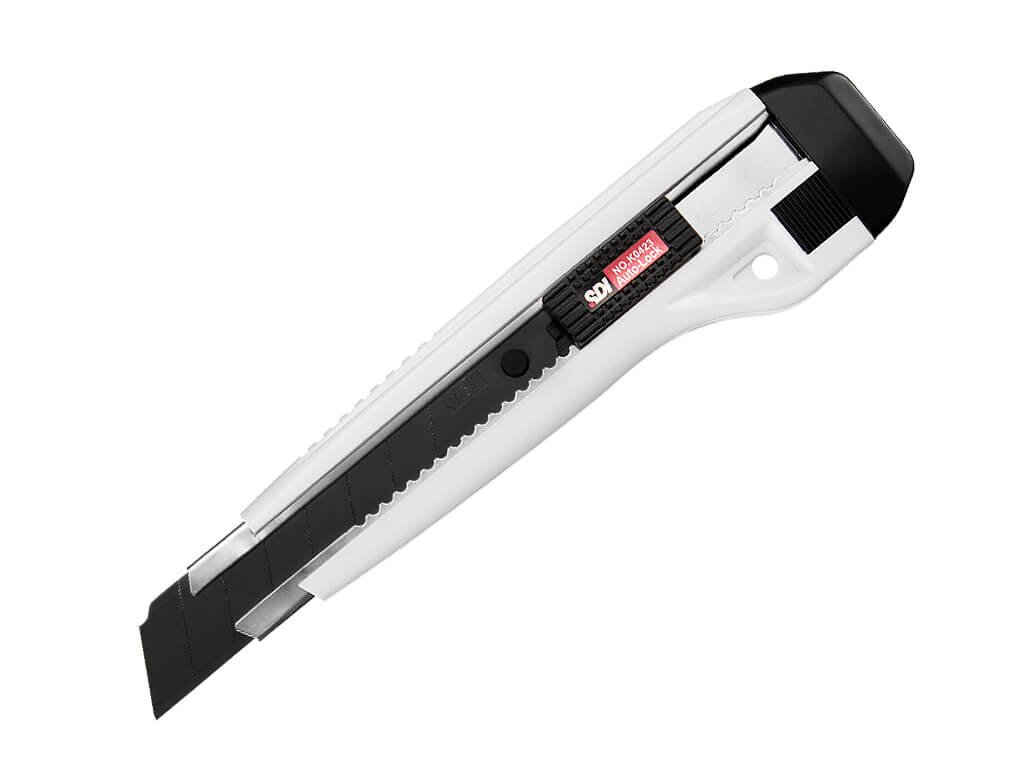
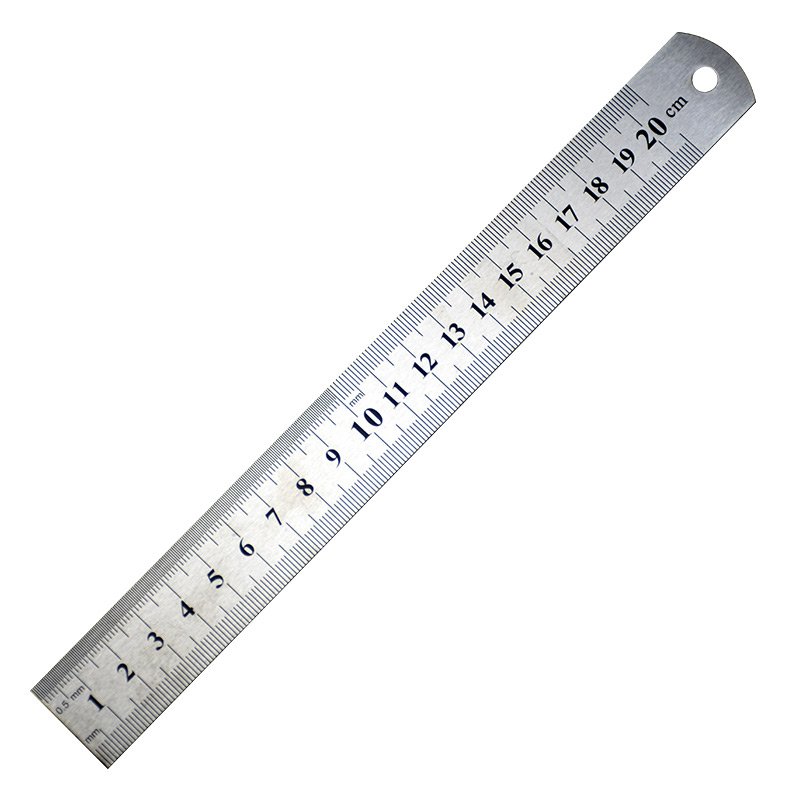
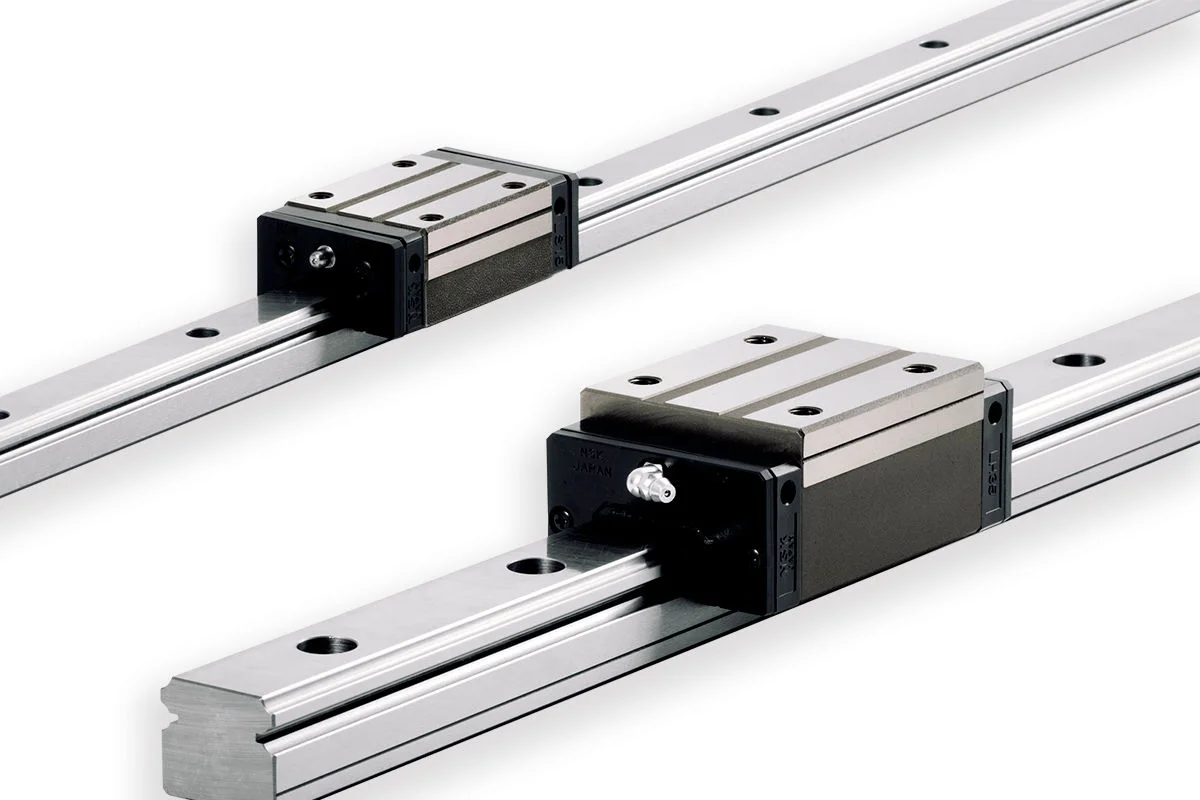

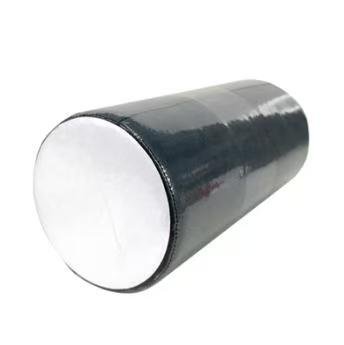
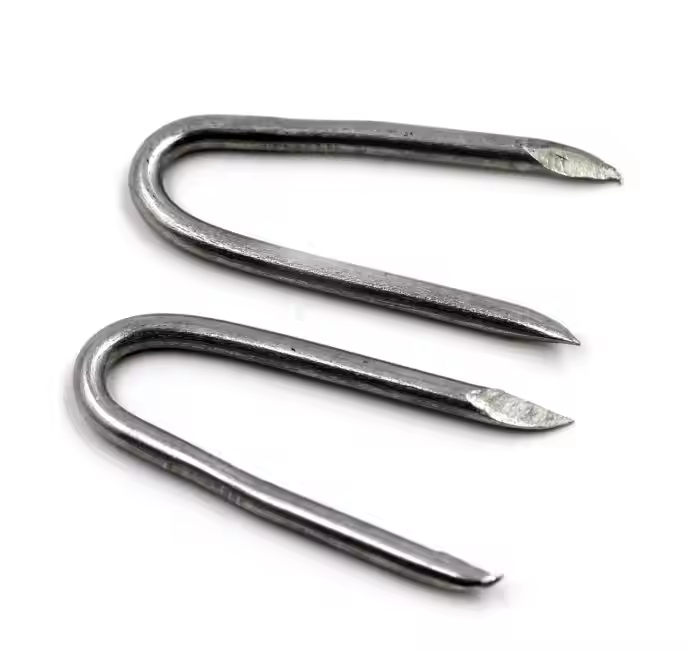
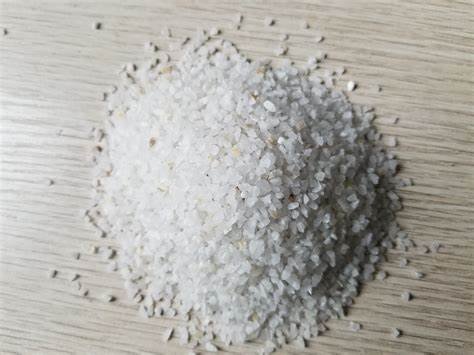
- Artificial turf strips between pavers (preferably UV-resistant for outdoor use)
- Utility knife, cutting guide, straightedge ruler
- Artificial grass adhesive or turf tape, U-shaped turf nails
- Optional: grass filler between pavers (such as silica sand or antibacterial infill) for added stability
Proper preparation ensures smoother installation and better long-term results, especially when working on turf between concrete pavers where surface bonding is crucial.
3.Preparation work and methods
Step 1: Prepare the Ground & Measure the Gaps



- Clear the joints between pavers by removing dirt, weeds, and debris using a stiff broom or leaf blower.
- Check drainage: Ensure the subbase allows water to pass through. Add crushed stone or gravel if needed.
- Measure the gaps accurately to match the width of your turf strips.
Pro Tip: For best results, paver gaps should be at least 2 cm wide to accommodate a visible, natural-looking grass strip. If you’re working on an artificial grass installation on walkway areas, make sure the base is smooth and properly sloped for water runoff.
Step 2: Cut and Align the Artificial Grass

- Place the turf face down and use a utility knife to cut strips according to your measurements.
- Ensure the grass fiber direction is consistent across all strips to avoid visual mismatch.
- Leave a 1–2 mm margin on each side to accommodate expansion and easier adjustment.
- For curved paver layouts, use a paper template or bendable straightedge for precision cutting.
Once cut, dry-fit the turf strips into the joints before applying adhesive or fasteners. Choosing the best artificial grass for between pavers involves finding a type that is short, dense, and easy to trim.
Step 3: Fixing and Seam Treatment
(1)Fixing methods:


(2)Seaming tips:

Use joining tape between adjacent turf strips.
Trim uneven edges or use a hot knife for a clean finish.
(3)Optional Infill:

Add a light layer of grass filler between pavers, such as silica sand, to support the blades and prevent shifting.
If you’re wondering can you put fake grass between pavers, the answer is yes—as long as your base is properly prepared and drainage is addressed, it’s an effective, long-lasting solution.
Step 4: Maintenance Tips After Installation
Artificial turf is known for being low-maintenance, but periodic care will extend its lifespan and keep it looking fresh. Here are some top tips for maintenance of turf between pavers:

- Sweep or blow away fallen leaves, dust, and debris weekly.
- Inspect seams and edges every few months for lifting or shifting.
- Brush the grass fibers occasionally using a stiff broom to keep them upright.
- After heavy rain, check for any water pooling between pavers.
4. Frequently Asked Questions (FAQs)
Q1: Will water pool between the turf and pavers?
Not if your base is properly leveled and permeable. Artificial grass typically includes drainage holes that prevent water buildup.
Q2: Is the turf likely to come loose over time?
With the right adhesive and/or nails, turf strips stay securely in place. For outdoor areas, we recommend combining adhesive with turf nails for added durability.
Q3: What turf color should I choose to match my pavers?
For red or tan bricks, a deep green turf provides contrast. For gray or modern pavers, neutral green tones work well for a clean, minimalistic look.
Q4: Can this be used between pavers in a driveway?
Not recommended for high-traffic driveways unless you’re using heavy-duty turf and reinforced base layers. Grass blades will wear quickly under vehicular pressure.
5. Conclusion: A Simple Way to Create a Beautiful, Low-Maintenance Green Path
Installing artificial grass between pavers is a smart, stylish, and practical solution for adding visual appeal and comfort to outdoor surfaces. Whether you’re upgrading your backyard, commercial patio, or poolside, this method offers a clean, green finish that requires minimal upkeep.
With the right tools, proper planning, and simple upkeep, you can transform any paved area into a beautiful, low-maintenance green space with long-lasting results—perfect for those looking to master how to install artificial grass between paving stones.
